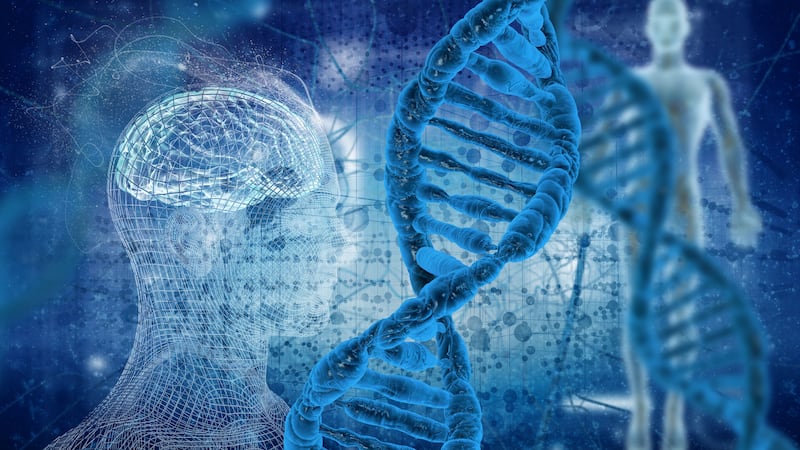Evolution hasn’t finished in human beings, according to scientists.
In a study looking at the genomes of 210,000 people in the UK and US, researchers at Columbia University found that genes associated with Alzheimer’s and smoking habits aren’t as common in those with longer lifespans.
This suggests that a predisposition to heavy smoking and getting Alzheimer’s are being filtered out of human DNA, probably because if you have one of these diseases, you’re less likely to have children to pass the genes on to.

Joseph Pickrell, one of the study’s co-authors and evolutionary geneticist at Columbia and New York Genome Centre, said: “It’s a subtle signal, but we find genetic evidence that natural selection is happening in modern human populations.”
Predispositions to other ailments like high cholesterol, high BMI, and heart disease were found in those with lower life spans.
They also found that people with delayed puberty, and those who had children later were more likely to live longer.
We often think of evolution happening in prehistoric times, but natural selection, the process by which beneficial genes are passed on between generations and damaging ones are not, still seems to be affecting our genetics, even if the problems they cause don’t kill us young.
The paper suggests that this is because people without the harmful mutations can have more children, or those who survive into old age can help support grandchildren, which increases their descendants’ chances of survival.
This study was published in the journal PLOS Biology and can be read here.









